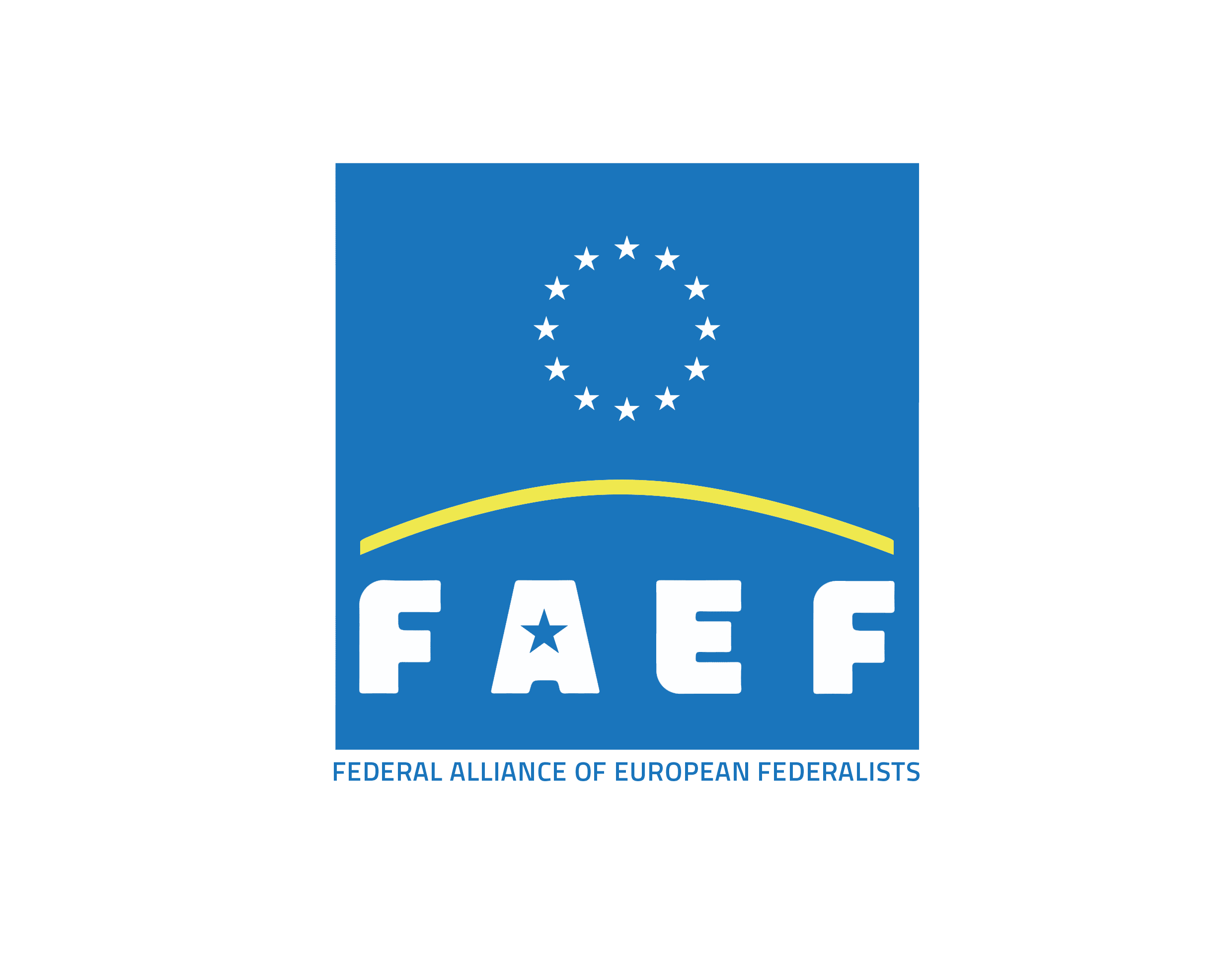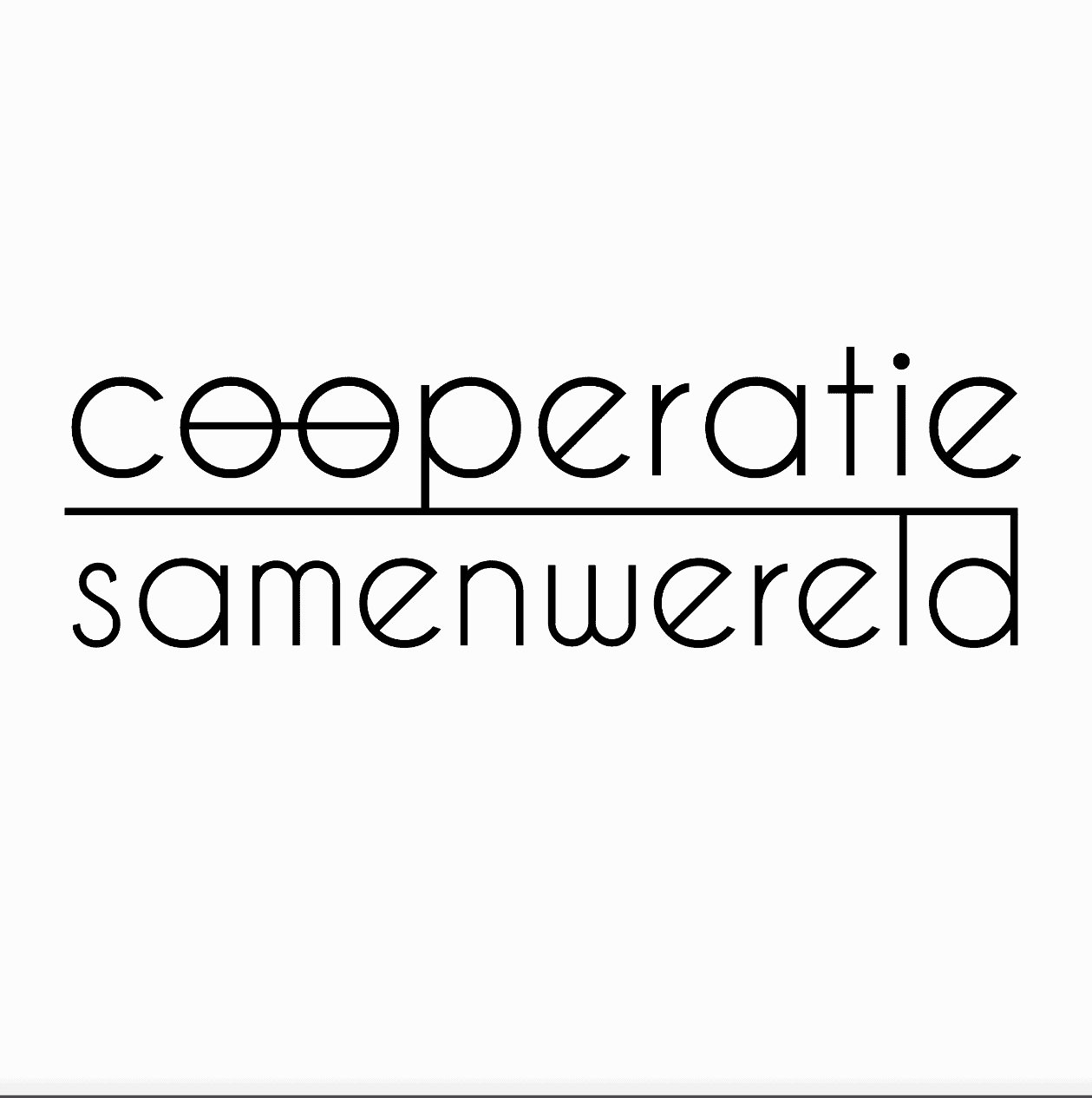FAEF
Federal Alliance of European Federalists

The FAEF 'Constitution'
June 2018
PREAMBULE
1 - The purpose of FAEF
Article 1.1
FAEF aims at ‘federating the federalists’ as a completely new approach contributing to the ultimate goal: creating a federal Europe from the ‘bottom-up’, based on a federal Constitution. This is not an easy task in view of the fact that all attempts to create a federal Europe have failed in the past. Furthermore, there is not much applause for the idea of an USE, either from the point of view of society, or from the point of view of the political establishment. Our first task is: 'federate the federalists'. If the very many single, decentralized unitary federalist movements in Europe are not able, nor prepared to upgrade their organizational density, they will never be able to create a federal Europe.
Article 1.2
We are therefore faced with the task of forcing an enormous breakthrough. A breakthrough that can only succeed if we can organize a huge number of Europeans aware citizens and activists. This requires a snowball effect, which, as always, starts with a small snowball. By creating a network of 13 – completely different - federalist movements in and around Milan on May 12th, 2018, we have made that little snowball already. The challenge now is to get this snowball rolling from the mountain, sticking to it as many as possible local/regional groups of federalist movements – in all European countries - to make the snowball bigger and bigger on the agenda of European federalization. We will have to join forces, at least one level higher than the present level of the hundreds of single, decentralized unitary federalist movements throughout the cities Europe’s network Europe. It is obvious that an organization that aims to federalize Europe should join forces with the various federal movements and become a federal organization.
Article 1.3
The Milanese snowball – consisting of a group of different 13 local/regional federalist movements - is the example for creating similar groups within Italy and within other EU-Member States. As soon as there exist at least three local/regional groups of federalist movements within a Member State they create the next level of federalisation: the national level of federating the federalists. As soon as there exists at least three national levels they create the European level of federalisation of federalist movements. At that moment the FAEF – being only an administrative body to make things working – turns into a Federation, based on the legal identity of an Association. Each level speaking with one voice.
Article 1.4
We want a Federal Europe that really knows how to protect its fellow citizens from the continuous challenges that the globalized world creates. A Europe that proves to be a political community and not an instrument at the service of national and lobbying interests.
2 - What is a federal organization?
Article 2.1
A federal organization is an organization that provides a vertical division of powers between a federal body and the participating organizations/movements. At the federal level, the common/shared interests of the participating organizations are represented (shared sovereignty). The individual interests of the participating organizations are represented by themselves (individual sovereignty) and the federation therefore has no involvement in this.
Article 2.2
The common interest is to create a federal Europe based on a ‘bottom-up’ federal Constitution. The responsibility for this lies with the FAEF. FAEF only wants to bear this responsibility if it can also determine the route to be followed in order to achieve the intended objective as a common interest of the joint federalist movements. This route has already been designed in a video recording.
3 - Critical Success Factors
Article 3.1
We have already mentioned that we need to organize a huge number of European citizens and activists – through movements and associations - in order to be successful. The organizations play a crucial role in this respect. They must send out the message, mobilize all means of communication and win citizens over to the idea of federalization.
Article 3.2
The second critical success factor is directly related to this: getting the message across. Our experience is that there is a lack of knowledge about federalism and that, therefore, this is not seen as a solution for the ailing European Union of today. Even many convinced federalists do not have sufficient basic knowledge of the essence of federalism. We cannot afford this. It is the task of the many thousands individual federalist members of the federalist movements within FAEF, to learn the basic principles of federalism and thereafter inform and teach the people of Europe about these essentials of European federalism. The second task is therefore: 'educate the federalists, thus teach the teachers’
Article 3.3
The website www.samenwereld.nl/federal-europe/ provides a great deal of information on the federalization of Europe. This information is available free of charge, except for the special Course Federalizing Europe. This course will in any case have to be followed by the teachers (at a reduced rate). The course is also available to other interested parties. The information will also be available on the website www.faef.eu (under construction).
Article 3.4
Another task of FAEF is lobbying in the ‘political world’ with one voice: involve the political system – on the national level of the EU-Member States as well as on the level of the EU itself - to approve of the Constitution for the United States of Europe.
4 - Separate Responsibilities
Article 4.1
The responsibility for providing citizens with information lies with the participating organizations and movements. The responsibility for (the quality of) the course material lies with FAEF.
Article 4.2
The relationship between FAEF and the participating federal movements is therefore as follows. Based on a Code of Acceptance’ (see Article 7) groups of federal movements join FAEF and endorse the route that FAEF will take. The joining movements refrain from any action that might obstruct the route in question. FAEF on the other hand, will not interfere in any way with the activities of the various federal movements. This is the essence of a federal organization: a federal body takes care of common interests and the members remain sovereign.
5 - FAEF Promoting Committee
Article 5.1
The FAEF-promoting committee consists of the initiators: Lorenzo Sparviero, Mauro Casarotto, Leo Klinkers and Peter Hovens. This administrative body can be extended by co-option. We strive for geographical diversity. This committee is the forerunner of an official board that will be elected in due course. See Article 1.3.
Article 5.2
The Promoting Committee is administratively responsible for FAEF:
6 - Members of the FAEF
Article 6.1
Members of the FAEF are groups of federalist movements that pass the ‘Code of Acceptance’ (Article 7) and actively pursue the federalization of Europe or subscribe to the idea of federalization. Participating organizations endorse the objective of FAEF and take on the responsibility to complete the information and education program. They are free in the way they do that. They can call on the help and support of the FAEF promoting committee at any time.
Article 6.2
The tasks of the members of the federation are:
7 - Code of Acceptance
Article 7.1
Any group of federalist movements – whether or not based on a legal identity – can be accepted as member of the FAEF, provided that:
- 1the group is represented by one person – so speaking with one voice - endorsing the FAEF goal to strive for establishing the United States of Europe as their ultimate common interest;
- 2the group endorses elementary principles of federalism like establishing a federal Europe by a federal Constitution, ratified by the people of Europe, a Constitution confined to the vertical division of powers, shared sovereignty, trias politica and checks and balances, dedicated only to European interests and therefore excluding any aspect of national interests of Member States;
- 3the group is able and prepared to be actively involved in informing and educating the people of Europe about elementary principles of federalism like conducting workshops, conferences, writings and all other means to enlighten the people of Europe about the value and strength of federalism as an instrument to enhance welfare, security and social well being;
- 4the group supports the establishing of a federal Convention, meant to design a federal Constitution for the United States of Europe;
- 5the group supports the process of ratification of the draft federal Constitution by the citizens of Europe.
